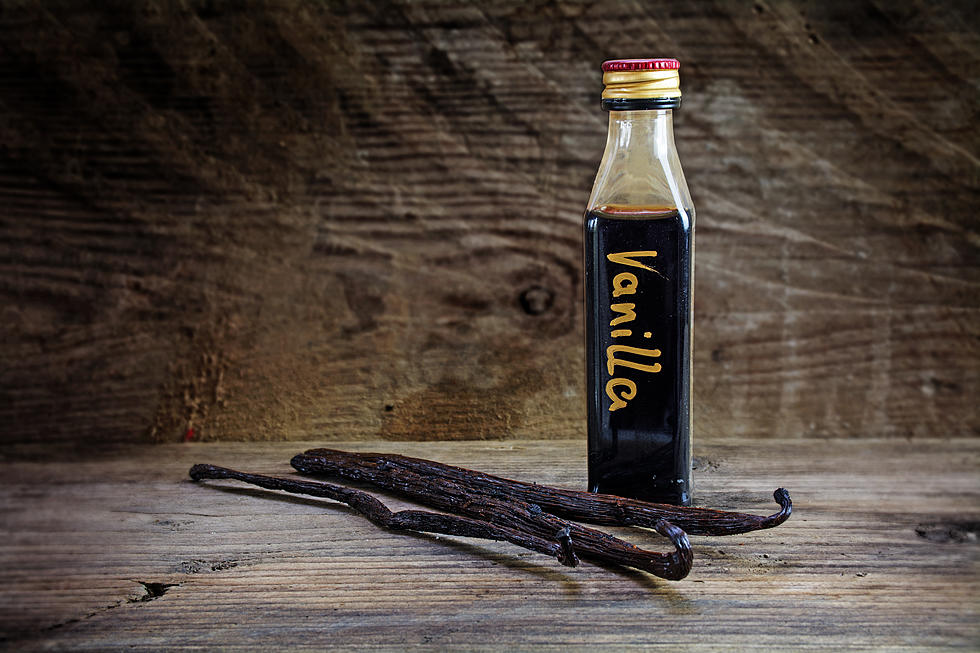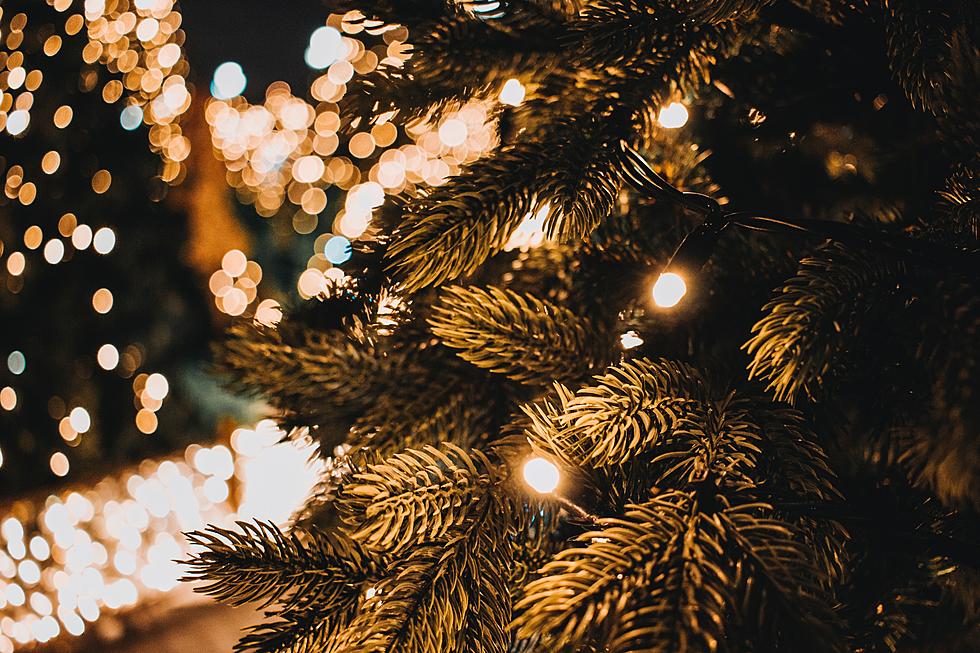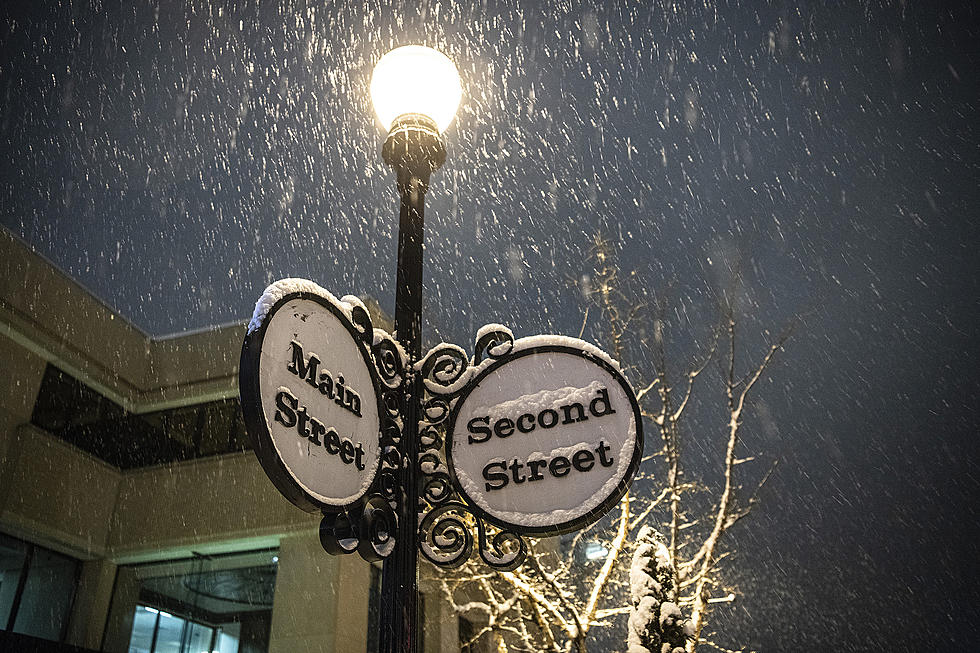
You Won’t Believe Where Some Vanilla Flavoring Comes From
There are a lot of desserts that call for vanilla flavoring in the recipe. We all have eaten something with it in there, but do you know what is actually in vanilla flavoring?
Anyone who knows me will tell you that I am obsessed with anything vanilla-flavored. Ice cream, cake, pudding, candy, and everything in between are all delicious to me. I am one of those people who prefer vanilla over chocolate. Always have and always will...or at least I thought I always would be. That was until I found out what is actually in vanilla flavoring.
Yesterday, my cousin shared a post on Facebook that caught my attention. It was a screenshot of someone Googling "where does vanilla flavoring come from". The first result comes from National Geographic, a reputable source. However, what the results showed was nothing short of shocking and disgusting...
Where Does Vanilla Flavoring Come From?
If you're still reading this, you are truly curious, but I must warn you that if you love vanilla flavored things, reading any further might make you think twice about eating anything with vanilla flavoring in there.
You've been warned...
According to National Geographic, vanilla flavoring found in your holiday and everyday treats could come from the anal excretions of beavers. National Geographic says:
Beaver butts secrete a goo called castoreum, which the animals use to mark their territory. The U.S. Food and Drug Administration lists castoreum as a “generally regarded as safe” additive, and manufacturers have been using it extensively in perfumes and foods for at least 80 years.
So to put this in laments terms, there's essentially beaver butt juice in vanilla flavoring. I told you it was gross!
Why Is There Beaver Butt Secretion In Vanilla Flavoring?
I wish I could have been a fly on the wall when someone had the bright idea to try out beaver butt juice in food. Seriously, how did that even become a thought?! While I don't have an answer to that question, I can tell you that castoreum has a musky, vanilla scent, which is why food scientists like to incorporate it in recipes, according to National Geographic. Apparently, manufacturers don't have to actually list castoreum on their ingredient list. Instead, it might be labeled as "natural flavoring".
Are We REALLY Eating Beaver Anal Secretion?
So, I wanted to look further into this whole beaver butt juice thing to see how much we are actually eating. As it turns out, we have all probably ingested castoreum in our lifetime, but not as much as you might fear. That's because according to INews, harvesting castoreum is somewhat difficult to obtain in sizable quantities. It is still used in some candles and perfume products. However, the majority of vanilla flavoring in food and drinks is now synthetic. That's not to say that you might not find something on the market that has castoreum or "natural flavoring" listed on its ingredient list. In that case, there's a good possibility that you are ingesting the aforementioned beaver butt juice.
10 Gross Things The FDA Allows In Your Food
KEEP READING: 15 Snack Foods We Want to See Make a Comeback
Grease Hack Will Blow Your Mind
More From WDKS-FM









